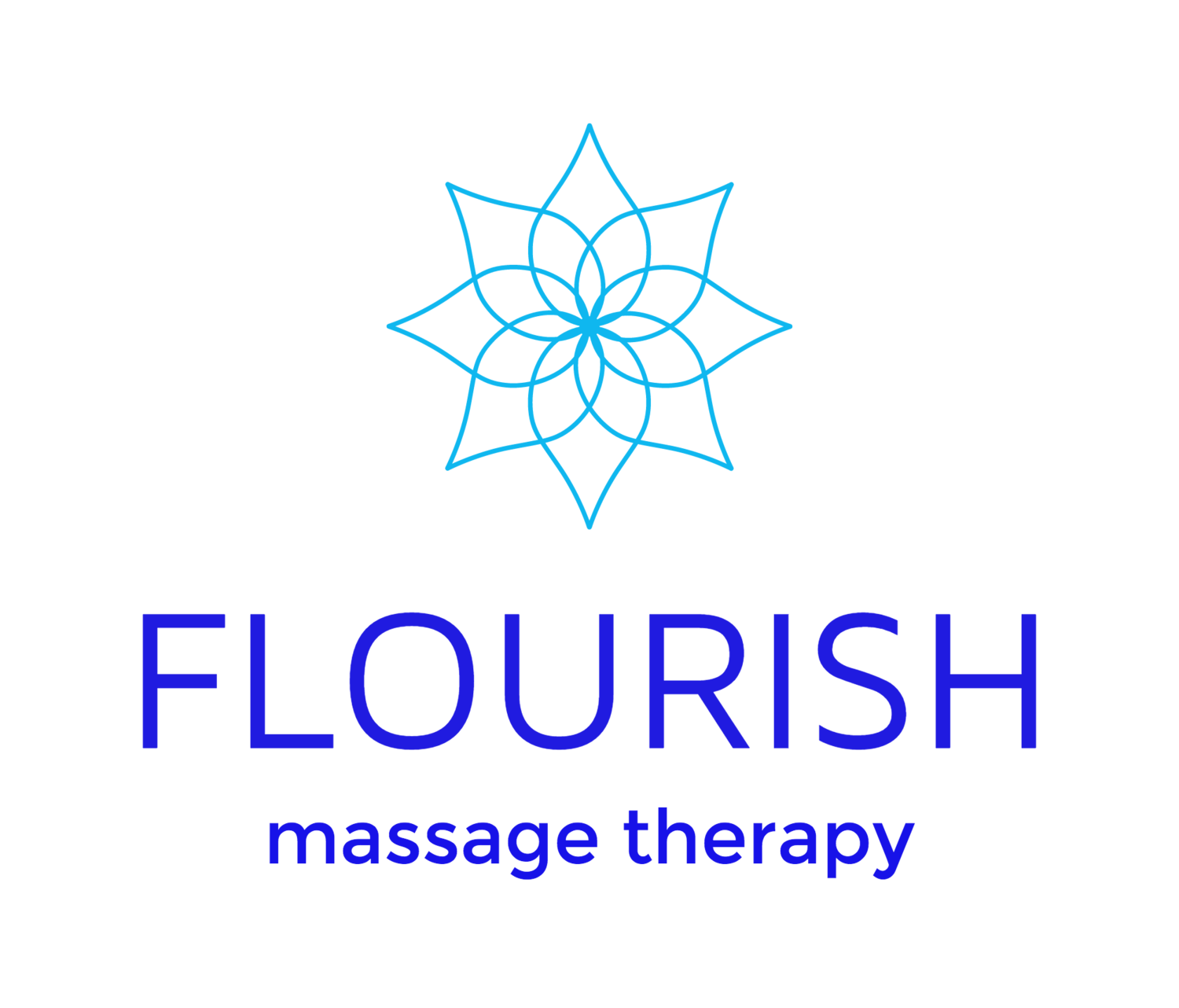Constructive Rest Position for The Filet Mignon of Muscles
"Tender and valued as the choicest cut of animal meat, the psoas muscle is the filet mignon. What makes this cut of meat so prized as a delicate food is it's juicy tenderness. The human psoas has no viable fascia in the upper muscle and very little in the lower muscle as it passes over the hip socket." - from Core Awareness by Liz Koch, p. 38
The Iliopsoas is a group of deep, core muscle that is responsible for lifting our legs, and for curling in response to falling or being punched in the stomach (our response to fright). When it becomes tight, it can be indicated in many types of pain- back, hip, leg. A stressed, tight Iliopsoas can also be lead to all kinds of imbalances within the organ systems, as the iliopsoas muscles create a 'shelf' where many of our internal organs rest, and it's shortening will put stress on adrenal, kidney, liver, gallbladder, and digestive systems.
The psoas major muscle attaches along the lumbar spine and intervertebral discs then descends obliquely to attach at the upper inner thigh bone (lesser trochanter of the femur). The iliacus muscle attaches to the upper two-thirds of the iliac fossa then descends to join the psoas major tendon, with some of its fibers attaching directly to the femur near the lesser trochanter.
These muscles are responsible for positioning the pelvic bowl. When we sit and stand improperly, these muscles will be affected (shortened). Sitting with a wallet in the pocket, crossing our legs, sitting in chairs or sofas which do not support our anatomy (which includes almost all in my experience but especially car seats and bowl seats which bow in at the middle), wearing high heels shoes, wearing inverted shoes (reverse heels as in Earth shoes), will all affect these muscles and especially cumulatively over the years.
LIz Koch has been studying the Iliopsoas muscles in depth for thirty years, and has written The Psoas Book, and Core Awareness. She leads workshops to explore and to 'release' the Iliopsoas muscles. I have been reading her books and listening to her podcasts, and have come to respect her knowledge very much.
She says is not to palpate nor manually release these muscles. This is not what is I was taught in massage school. I was taught how to find it, palpate it, and 'release it' manually in massage school. She advises against this. As I have read her reasoning, it makes sense to me, even though manually palpating this muscle feels 'good' to me, because mine are tight and I crave release.
Liz says that manually palpating these muscles is counter-intuitive, because they are so deep and used in protective response. Palpation and treatment of these muscles is intrusive and potentially harmful.
Here is the primary way to release the iliopsoas muscles without manual palpation.
1. Constructive Rest Position
You will need a safe and comfortable place to work. Be sure to choose a place that is not a circulation pathway where people will walk by you or where you will be easily disturbed. Turn off your phone, lock your door, and dim the lights. Place a folded blanket or mat flat on the floor.
Steps: Rest on your back with your trunk and head parallel to the floor. Knees are bent and the feet are placed parallel to each other as wide as apart as the front of your hip sockets, with the heels 12-16 inches away from your buttocks. Do not force the spine to the floor. Resting in CPR, your lower back will naturally make contact as the psoas relaxes and your spine unfolds. Rest your arms comfortably on the floor, across your rib cage, or on top of your pelvis. Do not raise the arms above shoulders as doing so shifts the center of gravity and alters the position. Eyes may be open or closed, as long as they are resting softly in their sockets. Having soft eyes allows light to enter, but does not pull your attention outside yourself. Rest in CRP for 10-20 minutes.
While resting in CRP, notice what takes place. Do not push your spine down. The CRP is a non-doing position. It is a BEING position, a position of rest. Gravity releases extraneious energetic nerve tension out of the psoas, making the position very constructive. It is a useful position for unraveling tension patterns from the core outward, enhancing proprioception and letting go of old conditioning.
Intentionally focusing your attention on sensation while resting in this position will enhance your experience of relaxation and help to mature your central nervous system. Although you may automatically think about things that need doing, quiet your mind by following your sensation. The simple act of witnessing the habitual feelings, thoughts and images frees energy to reveal your authenticity.
The constructive rest position (CRP) is a position in which gravity naturally releases the iliopsoas muscles. It is a safe position for exploring fear as well as all other emotions. Should one feel fearful or restless while in CRP, be assured that it is not the position itself or the present situation that is creating the sense of danger. The feeling of fear may actually be old conditioning surfacing as the tissues begins to release.
Getting in touch with our sensations, feelings, and thoughts while being present (observing the quality of light, sounds, smells, taste and sense of contact) helps to evolve the nerve pathways and awaken fresh somatic awareness benefiting not only our capacity to survive, but also our capacity to thrive.
